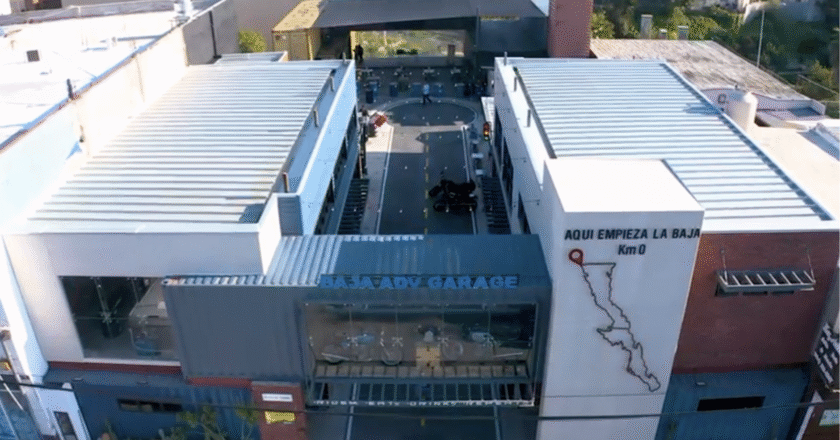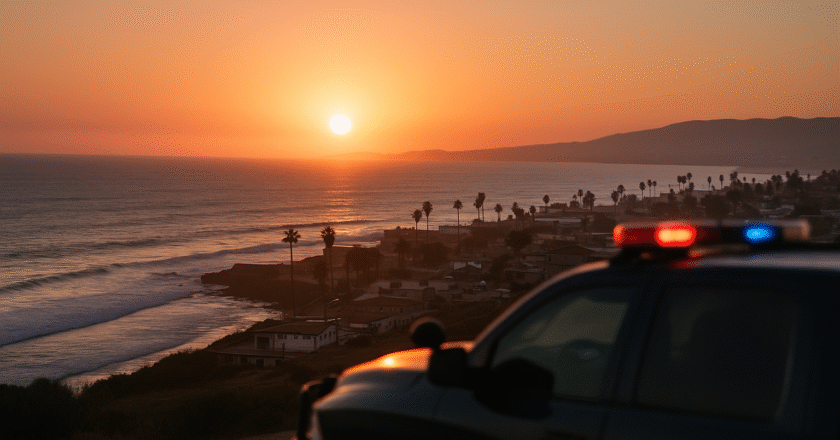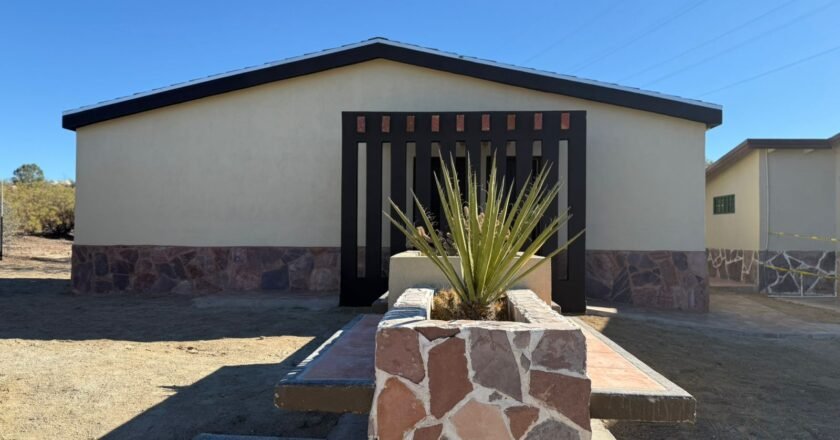If you think “rally” means flat-out racing, dust in your teeth and a stopwatch screaming in your ear, Baja ADV …


If you think “rally” means flat-out racing, dust in your teeth and a stopwatch screaming in your ear, Baja ADV …

Gringo Gazette North – “No Bad News”… but not blind news either. This week Mexico sent two very different messages. …

If Baja had a personality, it would definitely be that friend who changes plans at the last minute but swears …

As a National Researcher who investigates how Artificial Intelligence (AI) transforms education and healthcare, I’ve witnessed its rapid jump from …

Baja California loves a good reinvention. Sometimes it arrives as a new wine label in the Valle or a shiny …

A Treasure With an Age-Old Problem El Vallecito is one of those rare Baja treasures everyone promises to visit “soon,” …

A Valle Evening, a Netflix Star, and Real Baja Stories I met Mayra Hermosillo on September 26 during the Second …

One of the big wins this year was the rollout of a mobile air-quality monitoring unit. Think of it as …

Cold Fronts Arrive Before Sunrise The cold slipped into Baja before sunrise, quiet but determined. You could feel it on …

When Mexico works hand-in-hand with the U.S. Treasury, the story usually drips with tension. This time, though, something different happened. …